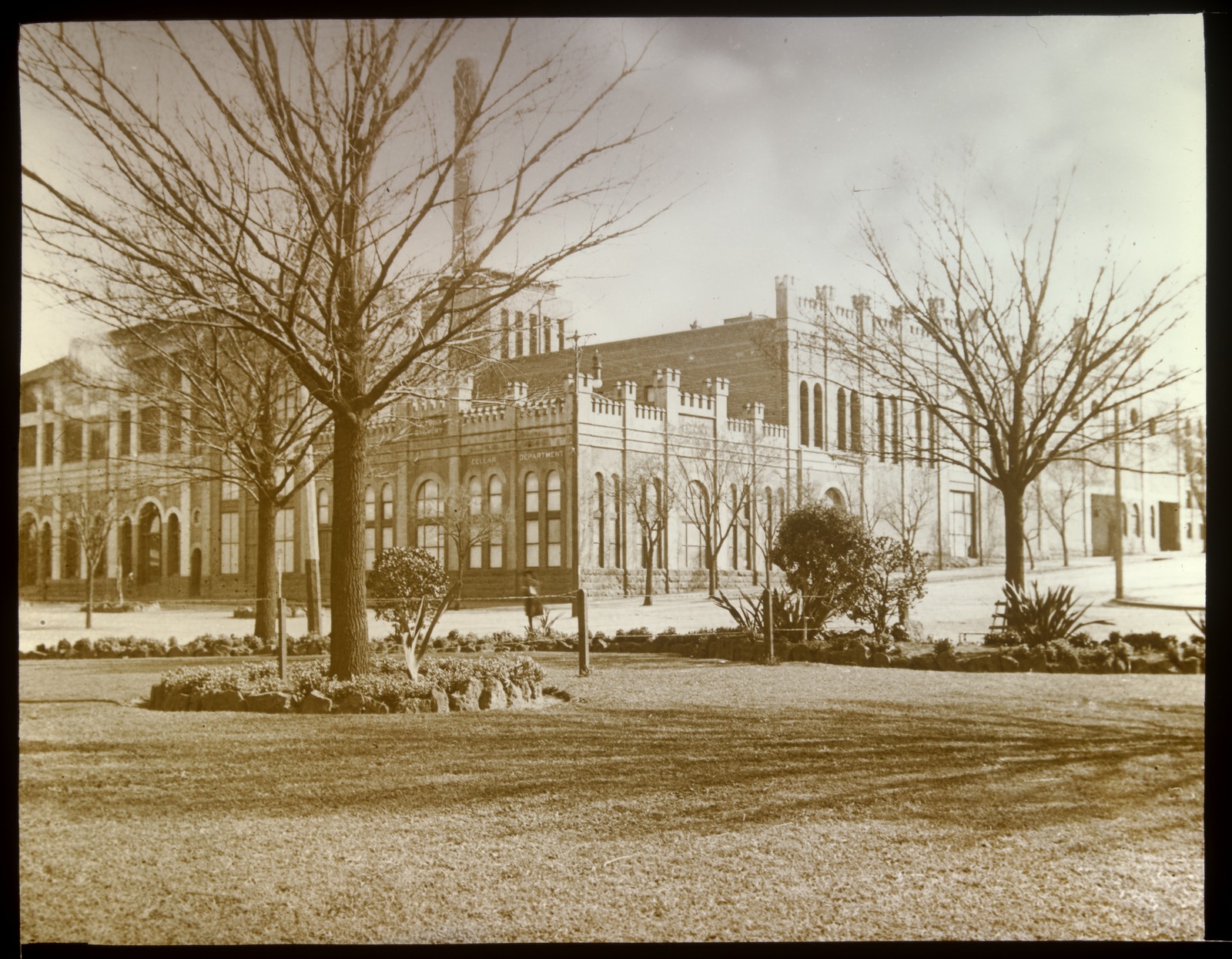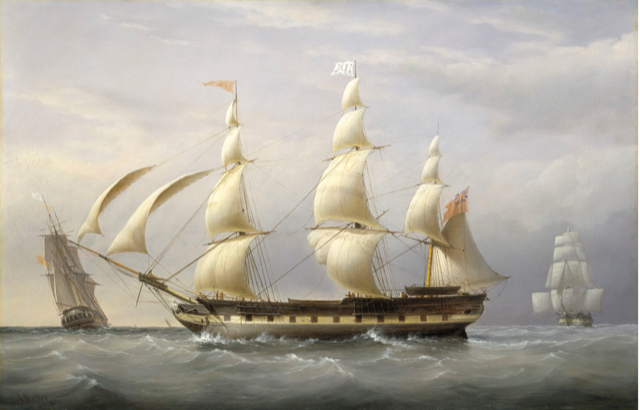Rosebank Whisky has a history which reaches all the way from the poorhouse in Falkirk to Australia. Read on to find out more!
Rosebank Whisky as Medicine
An article in the Falkirk Herald (26 August 1896) outlined the arguments for and against supplying Falkirk whisky to the local poorhouse for medicinal purposes. Falkirk Parish Council, chaired by Mr A. F. Thomson, held committee meeting on the topic.
“The Clerk submitted the report of the House Committee, which showed that the number of paupers in the poorhouse at the beginning of the month was 107, and that now there were 122. It was agreed to recommend that nine gallons of whisky be purchased from Rosebank Distillery. Mr Alex Mitchell moved the adoption of the report. Mr J. Owens seconded. Mr Menzies called attention to the recommendation with reference to the purchase of nine gallons of whisky for the inmates of the poorhouse, and said that the last time a similar quantity of whisky was got for the poorhouse it was stated that it was to last for eighteen months. That period had not nearly expired yet.”
A “lively discussion” followed with some members against the purchase of uisghe beatha for the benefit of Falkirk’s less fortunate residents. Arguments for:
“We have a medical gentleman by whom we should be guided in this matter, and he considers the whisky necessary.”
“The Governor said that none tasted the whisky unless those to whom it was prescribed by the doctor.”
“It would be very unfair to dispense with medicine ordered by the doctor.”
“Are we to work this institution of ours without this whisky? … You cannot.”
fields['text']) echo $section->fields['text']; ?>
Arguments against:
“Mr M'Coll— I second the amendment that we do not order that whisky, so that the matter may be considered between this and next meeting.”
“Mr Menzies— I do not think that it is a medicine, that it is necessary. I have nothing to say in its favour for anything.”
“The doctor should prescribe the whisky in smaller quantities.”
Whisky lovers and altruists will be relieved to hear that the motion to purchase was passed and the whisky ordered.
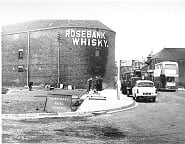

A History of Rosebank Distillery
The Rosebank Distillery was established in its Falkirk location in 1840, by James Rankine, of Fife and Edinburgh, succeeded by his son in 1845. According to the Falkirk Herald (1 June 1894), the distillery was formed “for the purpose of carrying on the business of Distillers and Maltsters Rosebank Distillery, Falkirk” and had “increased gradually from the beginning.” The article describes the business:
“The maltings are of modern construction, arranged by Mr Rankine for the production of the special malt which has resulted, with careful manufacture and attention to details, in producing whisky now long and favourably known, and commanding one of the highest prices among malt whiskies in Scotland. The maltings are sufficient to produce all the malt required for the present business. There a good supply of very fine spring water, derived from wells on the premises, adapted for distilling and malting purposes. The demand for Rosebank Whisky is and has always been much in excess of the supply, and the output is fully bold in advance year after year. At the present time orders are booked forward for ten months' make, subject to market price when executed, and this company will have the advantage of the profits from these contracts.”
The net profits of the Rosebank Distillery, with Rankine as chairman, “increased from year to year” with the “annual average profits for the three years ending 31st March, 1894” amounting to “ten thousand six hundred and eighty eight pounds, sixteen shillings and tenpence (£10,688/16s/10d)” (Falkirk Herald 9 June 1894). The works, situated on the banks the Forth and Clyde Canal, connected to the sea and therefore to “all parts of the world.” They were also within one mile of goods stations of the Caledonian and North British Railways. The premises consisted of a “mansion house, shops, and dwelling houses, with over five acres of ground, buildings and [the] plant of the works, stocks of whisky (new and matured)” and these were worth £55,298/9s/6d. The business and all the above property were taken over by a Limited Company in March 1894, for the sum of £120,000, along with “existing trade contracts, which are too numerous to specify.”
The Rankines
Rankine’s £60,000 share of the company would be worth around £7,849,954.21 today. It is little wonder that he lived comfortably in Fife at Cunnoquhie House, and in a townhouse in Ainslie Place in Edinburgh. At this time his son James lived at Rosebank House, formerly known as Tophill House, which lay on the opposite side of canal from the distillery, where the original Camelon distillery once stood.
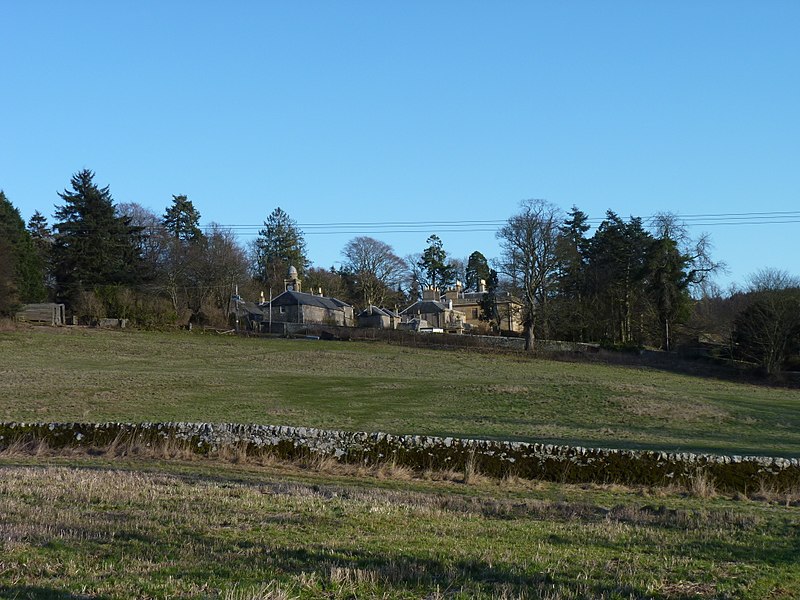

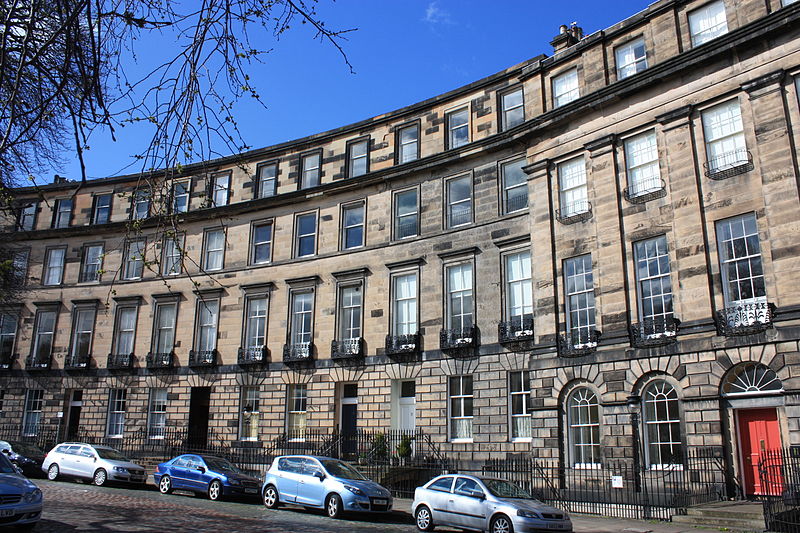

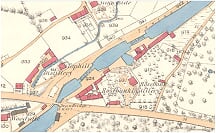

Rosebank and Australia
Rosebank Distillery exported their whisky to Australia, as outlined in an imports/exports report from the Brisbane Courier (13 August 1879). B. D. Morehead and Co. – who received the Rosebank Whisky in Brisbane – became the Premier of the Queensland Parliament in 1888, a post later held by Falkirk’s own William Kidston in 1906, who received the honour of the Freedom of Falkirk.
The Clan McLeod
According to the report, fifty quarter casks (each containing around fifty litres) of Rosebank Whisky arrived on the Clan MacLeod which had sailed from Glasgow. Various iron imports including pipes, baths and firebricks – all of which may have been made in the Falkirk area – are also listed. Clan McLeod was built on the River Wear in Sunderland, where I lived (1973-1976), for a Scottish owner called Dunlop. It became the first of the Clan Line, whose offices were in Bath Street Glasgow, and was named after the Reverend Norman MacLeod, minister at the Barony Church in Glasgow. The ship is still intact under its new name, the James Craig (after the man who purchased her in 1900). It is part of the collection at the Sydney Maritime Museum.
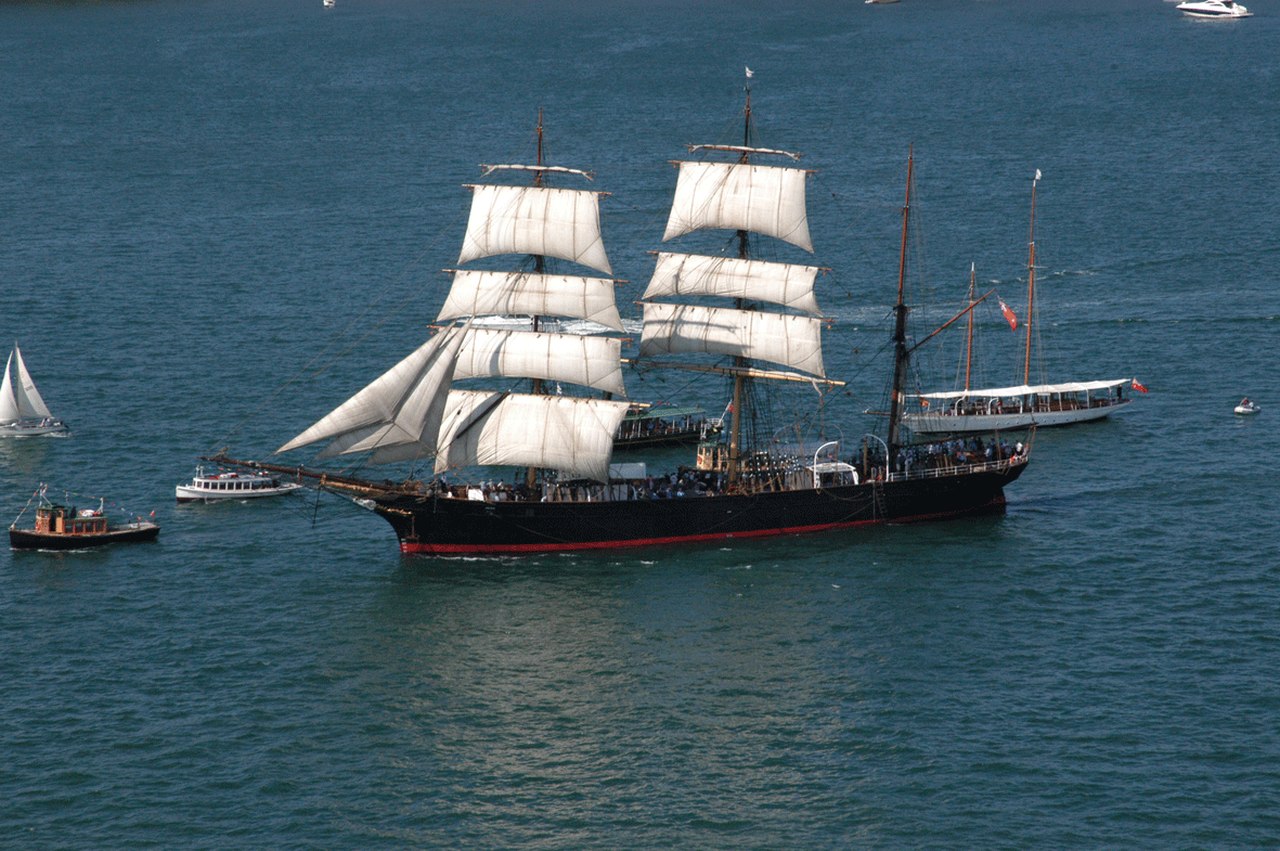

The Rosebank Distillery Today
Today the Rosebank Distillery is undergoing a process of change. Despite disruption caused by the pandemic of 2020, work has begun on rebuilding the distillery in order to recommence whisky production. The chimney has been retained and will be a symbol of the rebuilt distillery and the art works on the canal bank below represent whisky bottles. Some areas of the old distillery have previously been developed, and the former maltings were transformed into a restaurant some years ago. Once the redevelopment of the distillery is complete, one of Falkirk’s best-known exports should start to flow once more, and find its way to all corners of the world.
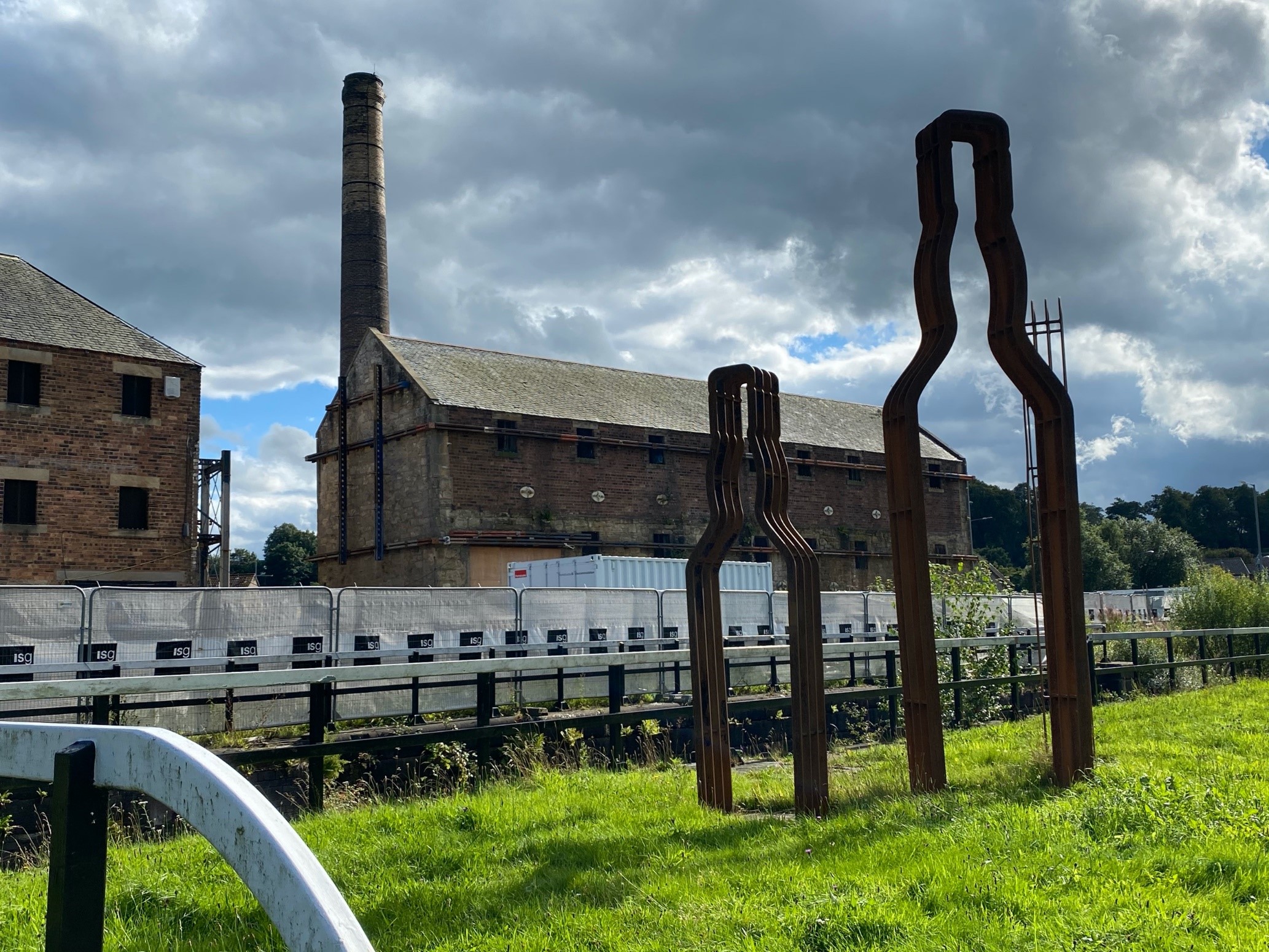

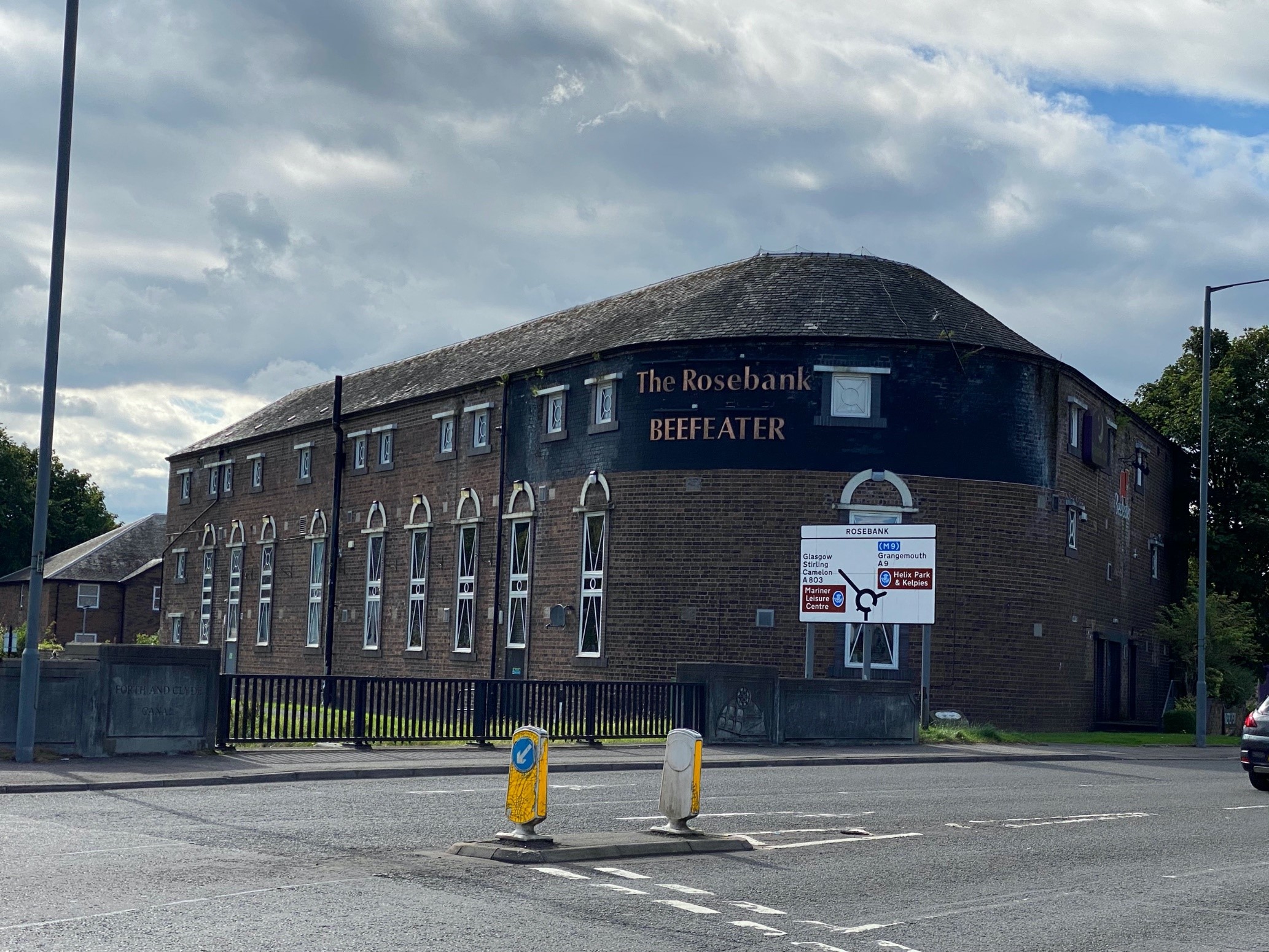

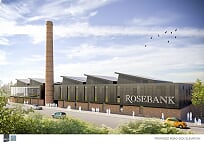

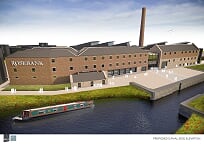

By Iain Murray, Great Place volunteer, Hidden Heritage: Industry and Empire project 2020.
